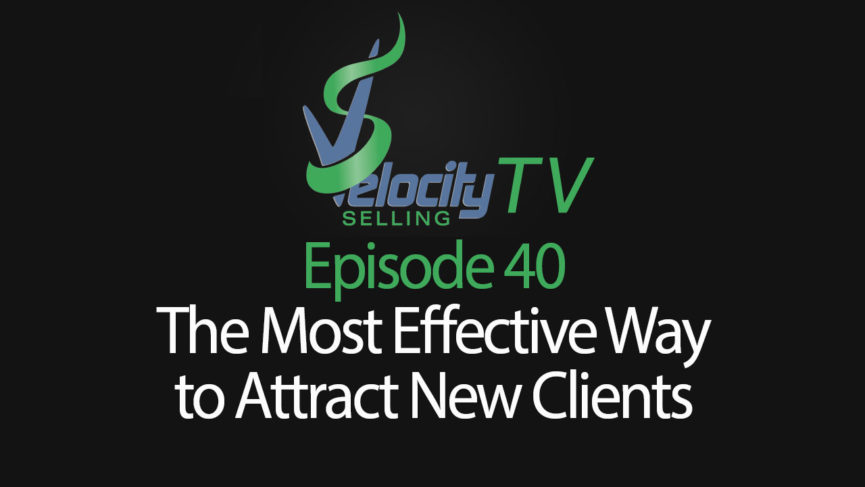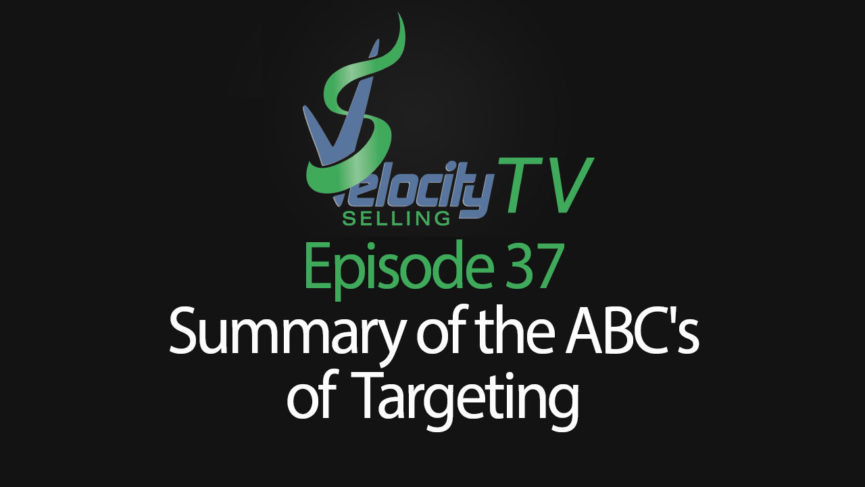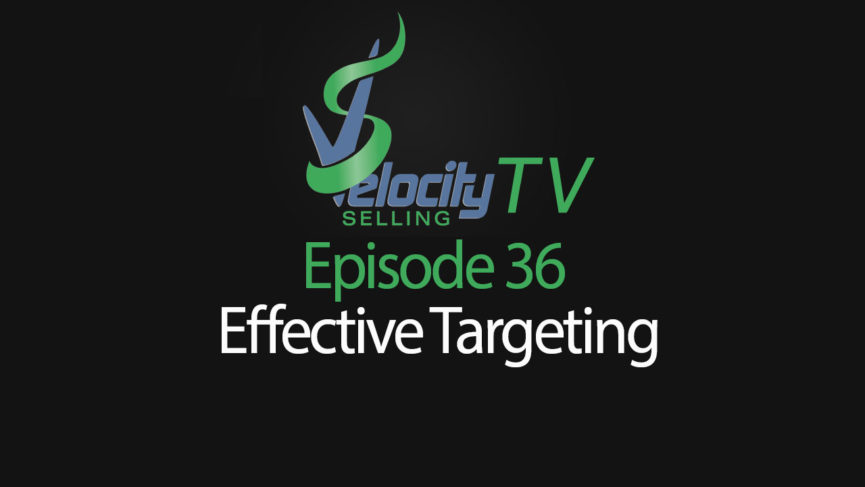The 70/30 Rule for all salespeople and business owners is a great questioning technique when it comes to discussing with your buyers.
Try Velocity Selling for Free
Register Now
Bob: Welcome back everyone, Bob Urichuck founder of the Velocity Selling System and I’ve got Matthew Whyatt down in the Gold Coast of Australia with us today. Matthew, welcome back for another episode.
Matthew: Thanks very much Bob. How are you today?
Bob: Excellent. As a matter of fact, the last episode we did, forty-four, was all about the competencies one need and we talked about one of them being buyer focused. You explained a little bit about engaging buyers being the second one, and we’ll get into the third one later, but when we talked about engaging buyers, how do you engage buyers? I mean, the last episode we talked about questioning but let’s get into it a little. Go for it.
Matthew: One of my, as I said in the previous episode, this is my favorite part about asking questions, it differentiates you as a salesperson, it differentiates me as a salesperson because I actually really understand what the buyer needs so therefore, the last part of my presentation or prescription is much, much easier. So one of the other reasons that we actually ask questions is not only to have control, but one thing I explain to my clients is that everything that a business owner or a salesperson says as far as the buyer is concerned is colored by the fact that you’re looking to make a sale or you’re looking to convince them or do something like that. When you actually have them go through a self-discovery process everything they say is true and correct and everything you say as the salesperson or business owner could be colored or could be twisted.
Bob: Exactly. It could be questionable. That’s why we have what we call the 70/30 rule. What should a salesperson be doing 70% of the time?
Matthew: A salesperson should be listening 70% of the time.
Bob: And the other 30% of the time?
Matthew: Asking questions.
Bob: Exactly! So that leaves 100% so there’s no room for talking. One other question, and the question leads to the 70/30 Rule, but at the end of it, you’re asking questions to be in control, but who should feel in control, because all you’re doing as you’re guiding this guy through the self-discovery process is facilitating the buy.
Matthew: Absolutely.
Bob: And we’re going to get into that more and we’re going to get into also, Matthew, you used the word convince, we don’t normally use that word in our language. What do we use instead of convince?
Matthew: Engage.
Bob: Exactly. And that’s what engaging the buyer is all about. Change the perspective. Determine if they are qualified to do business with you or not. Great one Matthew. How about we get into some question techniques like we just did in the 70/30 Rule in the next episode?
Matthew: Fantastic. I think that will be a really great value to the listeners.
Bob: Yeah, so stay tuned and we’ll see you all next week.
Matthew: Thanks very much, bye for now.
Bob: Take care.











